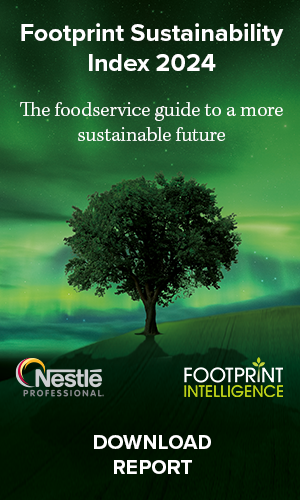Scientists at the University of Stirling are hoping to develop a new carbon negative food source in a trial involving trees and mushrooms.
Previous research by experts at the University of Stirling found planting fungi with trees to create protein-rich mushrooms can sequester up to 12.8 tonnes of carbon per hectare annually.
The crop, which can be consumed fresh or processed into meat-alternative products, has the potential to produce a nutritious food source for nearly 19 million people a year, globally, the researchers said. It needs a lot of land but there is hope the approach can reduce the food-forestry land-use conflict.
A two-year trial, involving the university and truffle producers Mycorrhizal Systems, has now begun on Bute. The root system of new trees will be covered with fungi that produce edible mushrooms. The environmental benefits and wider economic impact of the system will then be assessed.
“This is a game-changing idea which, if done at scale, will increase domestic food production, incentivise tree planting and help mitigate the impact of climate change,” said honorary professor Paul Thomas, who also co-founded Mycorrhizal Systems.
Research suggests a carbon sequestration rate of up to 406kg for every kg of protein produced, whilst also aiding biodiversity and conservational goals. Such sequestration is in “stark contrast” to every other major food production system which results in an emission during production, said professor Alistair Jump, dean of natural Sciences at Stirling.
Funding for the two-year project has been provided by Innovate UK and BBSRC (Biotechnology and Biological Sciences Research Council), which is part of UKRI (UK Research and Innovation).














